Humic Compounds for Brain Health: Miracle Grow for Your Brain
The most effective type of disease prevention is known as primary prevention. Prevention of an illness prior to its occurrence by leading a healthy lifestyle that is conducive to overall good health. While the definition may be simple, things become more complex when secondary prevention and tertiary prevention are added to the equation.
Blog Contents
When it comes to highly complex organs such as the brain, it is always safer to stick to very early primary prevention. As the organ is extremely complex, and highly functional in the body, problems are, unfortunately, not easily diagnosed and not easily treated.
Furthermore, even when the issues are diagnosed and are treatable, because of the executive nature of an organ like the brain, the time lost to suboptimal functionality may significantly negatively impact other organs. (1,2)
Primary Prevention Can Take Many Forms
Brain health can be supported with a healthy diet that is balanced with healthy fatty acids, proteins, low sugars, vitamins, trace minerals and many pre-biotic agents. (1)
Though it may come as a surprise to many, gut health is directly connected to brain health. The connections are many, but some of the most prominent connections between the brain and the gut include:
Gut probiotics lowering the inflammatory burden
Nutrient absorption sends healthy nutrient levels to the brain
Leaky gut directly influences nervous health and brain health
Neurotransmitters play a huge role in gut health and some probiotics actively modulate neurotransmitters
The relationship between our probiotics and brain health does not stop there at all (4).
The brain, which accounts for 2% of the body’s weight, uses up to about 20% of the energy of the body.
The high-powered organ uses up the energy created by mitochondria. Mitochondria are little battery-like organelles in the cells that make the energy currency used by every cell in the body.
Science shows that they contain their own circular genetic material and can choose to divide independently of the nucleus of the cell.
Evidence shows that mitochondria are very bacteria-like and may have been prokaryotic cell that signed a symbiosis contract with our own cells.
The health of the hard-working, energy-producing mitochondria is highly associated with brain health and neurodegenerative disease.
Mitochondria are the orchestrators of the process of oxidative phosphorylation.
As oxidative energy creators, they are significantly affected by nutrient profiles, toxic load and oxidative stress. (5, 6)
Antioxidants are shown to enhance both the energy transfer in the electron transport chain, as well as the efficiency of both energy creation as well as detoxification. (6)
Importance of Symbiosis
Humus is a natural component of soil. Gardeners would know that adding peat moss to soil is a way to enhance nutrient content, but why?
Many assume that the breaking down of the moss provides the roots with “plant food”
While that in many ways is true the synergy is that of an ardent nature between soil microorganisms and the root system of plants.
When plants come to the awareness that they are nearing the end of their lives, they concentrate all the nutrients in their roots.
They push the nutrients out into the surrounding soil, but in order for the nutrients to be adequately absorbed by the surrounding root systems, small shuttles must facilitate the process.
Upon the breakdown and gradual decomposition of plant material soil microorganisms take the carbohydrate component of the nutrients in the soil and then use it for energy.
In exchange, they produce humic compounds such as fulvic acid.
Fulvic acid is the smallest of the family and acts mainly as a shuttle that can bring nutrients in cells and push waste out of cells. (7)

The balance of humic compounds in the soil is that of millions of years of impassioned interdependence between the plants and the occupants of the surrounding soil.
Unfortunately, modern farming significantly disrupts such balance as the regular plant life cycles are not allowed to proceed as naturally sequenced.
The results are a soil deficient in healthy microorganisms, leading to plants that are deficient in nutrients. (7,8)
Humic Compounds for Healing
Traditional cultures honoured the healing capacity of soil compounds. Shilajit for example, is a component of plant decay found usually in the Himalayas. Though referred to as tar or resin the glassy dark substance is actually the accumulation of humic compounds and unlike tar or resin is a water-soluble compound. (9)
Shilajit is used by traditional Ayurvedic medicine for more than 5000 years as an overall tonic used for digestive problems, and altitude sickness, to improve fatigue, to enhance sexual performance and to facilitate better healing. (9)
One limitation to Shilajit is that though natural in origin, unfortunately, many samples were found contaminated with heavy metals.
In such cases, including it in detoxification formulations almost does the exact opposite of what is needed as the contaminants gain deeper access into the cell. (10)
How Do Humic Compounds Work in The Human Body?
Humic compounds seem to work in similar ways in the human body as they do in natural ecosystems. Under specific alkaline conditions (not a condition for fulvic acid to work) they work as micro-shuttling systems that can bring in vital nutrients and trace elements and facilitate the exit of toxic substances from the cell.
In the right conditions, they facilitate energy metabolism and the breakdown of metabolites like carbohydrates which results in more overall efficient energy metabolism.
Additionally, they play a role in facilitating the mitochondrial function of energy creation.
Studies show that they are functional as heavy metal detoxification agents. (11)
Other benefits of Humic/ fulvic compounds include the following:
Gut health
Attracts nutrients
Helps the growth of healthy probiotics
Maintains health microbiota
-
Feeding healthy bacteria
Nutrient assimilation
Mucous upkeep
Protection
Less inflammation
More efficient neurotransmitters
Alkalizing prevents the growth of bad bacteria
Less competition
Brain Health
Free radicals
Tau fibers
Prevent Alzheimer's disease
Pain
Electrolyte balance
Anti-inflammatory
Humic Compounds for Brain Health
While beneficial to all parts of the body, humic and fulvic compounds for brain health play a large role in promoting healthy function. As facilitators of carbohydrate metabolism, the spendthrift brain is better powered with more efficient sugar metabolism. Additionally, the functionality of humic compounds as immune-modulating anti-inflammatories is quite unique. As most detox agents can easily trigger inflammation due to the mobilization of toxic metabolites, humic compounds give the advantage of establishing an anti-inflammatory environment during detox. Additionally, the facilitation of nutrient absorption adds another layer of advantage as it expedites the healing process.
What to Look for In a Humic Compounds Supplement
Alkalizing agent - to facilitate water solubility
Fulvic acid - Smallest humic compound
High quality, clean source - Absolutely no contamination!
Adjunctive trace elements - are also a great idea!
Article References
Hussenoeder FS, Riedel-Heller SG. Primary prevention of dementia: from modifiable risk factors to a public brain health agenda?. Social psychiatry and psychiatric epidemiology. 2018 Dec;53(12):1289-301.
Marmot MG, Poulter NR. Primary prevention of stroke. The Lancet. 1992;339(8789):344-7.
Safouris A, Tsivgoulis G, N Sergentanis T, Psaltopoulou T. Mediterranean diet and risk of dementia. Current Alzheimer Research. 2015 Oct 1;12(8):736-44.
Smith CJ, Emge JR, Berzins K, Lung L, Khamishon R, Shah P, Rodrigues DM, Sousa AJ, Reardon C, Sherman PM, Barrett KE. Probiotics normalize the gut-brain-microbiota axis in immunodeficient mice. American Journal of Physiology-Gastrointestinal and Liver Physiology. 2014 Oct 15;307(8):G793-802.
Purdon AD, Rosenberger TA, Shetty HU, Rapoport SI. Energy consumption by phospholipid metabolism in mammalian brain. Neurochemical research. 2002 Dec;27(12):1641-7.
Marí M, Morales A, Colell A, García-Ruiz C, Fernández-Checa JC. Mitochondrial glutathione, a key survival antioxidant. Antioxidants & redox signaling. 2009 Nov 1;11(11):2685-700.
Senesi N, Miano TM, Brunetti G. Humic-like substances in organic amendments and effects on native soil humic substances. Humic substances in terrestrial ecosystems. 1996 Jan 1:531-93.
Brunetti G, Senesi N, Plaza C. Effects of amendment with treated and untreated olive oil mill wastewaters on soil properties, soil humic substances and wheat yield. Geoderma. 2007 Feb 15;138(1-2):144-52.
Agarwal SP, Khanna R, Karmarkar R, Anwer MK, Khar RK. Shilajit: a review. Phytotherapy Research: An International Journal Devoted to Pharmacological and Toxicological Evaluation of Natural Product Derivatives. 2007 May;21(5):401-5.
Rahim M, Mohammadzai I, Hassan W, Ahmad N. Heavy metal profile of shilajit samples obtained from Gilgit and Chellas, Pakistan. Journal of Physical Science. 2016 Jul 1;27(2):139.
Winkler J, Ghosh S. Therapeutic potential of fulvic acid in chronic inflammatory diseases and diabetes. Journal of diabetes research. 2018 Sep 10;2018.









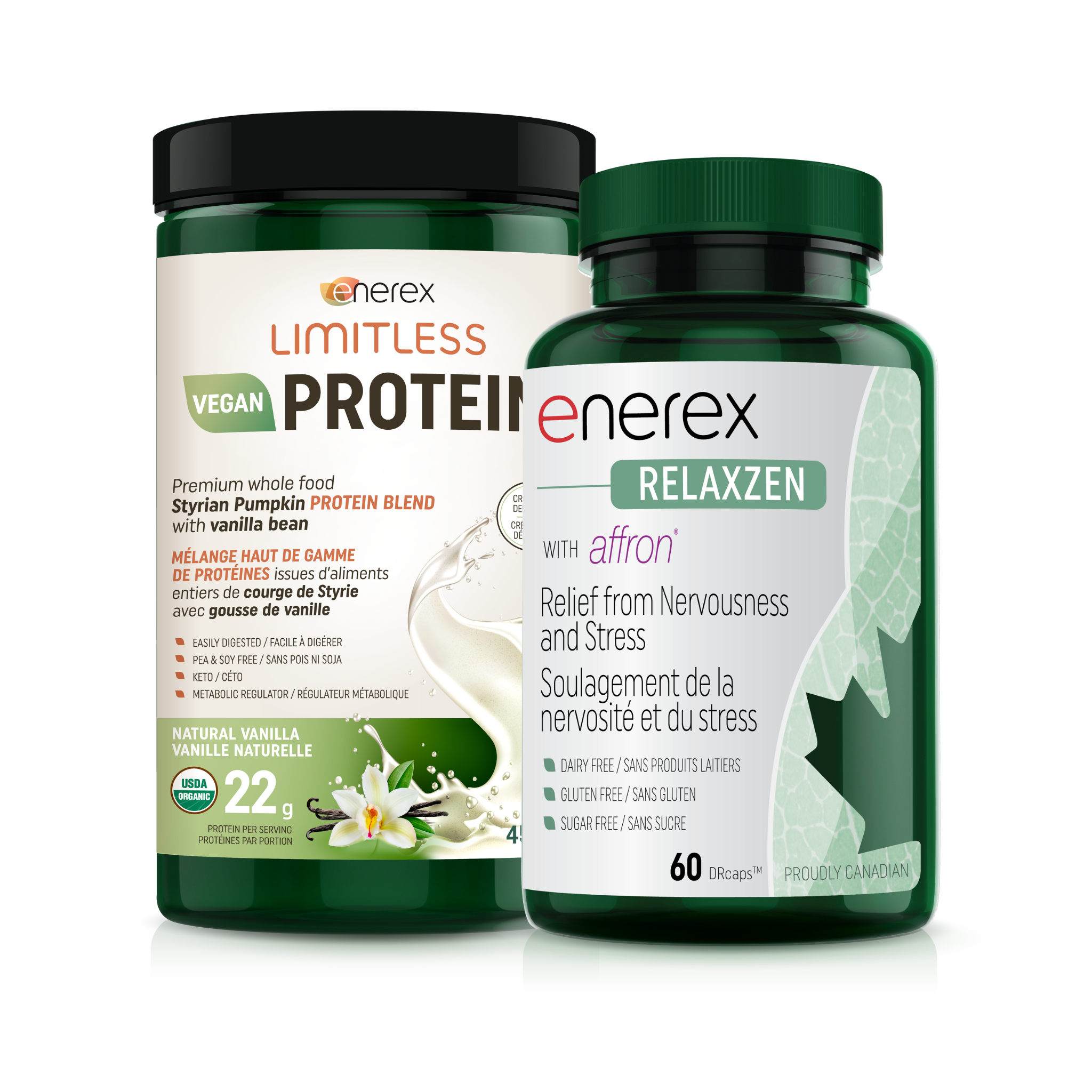
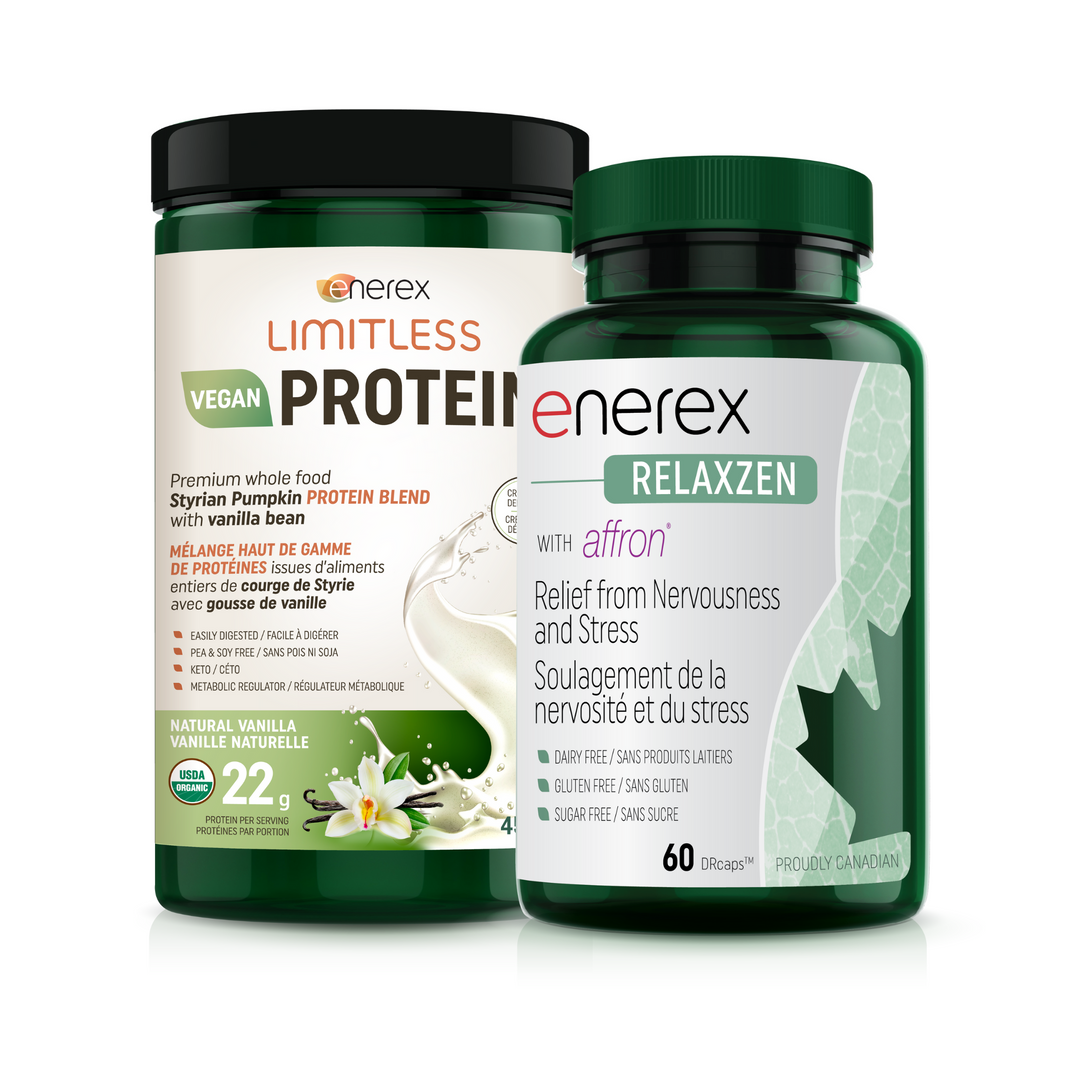
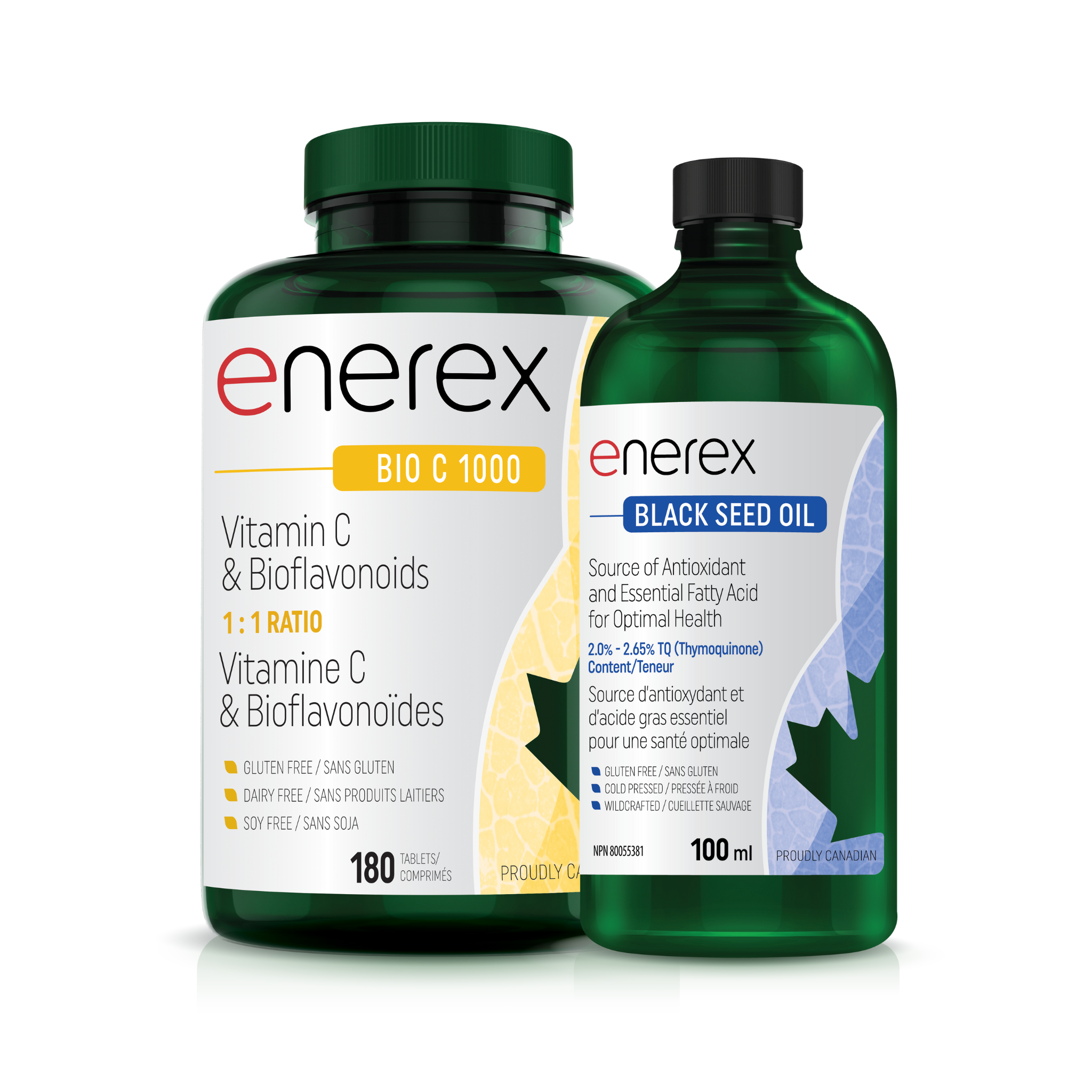
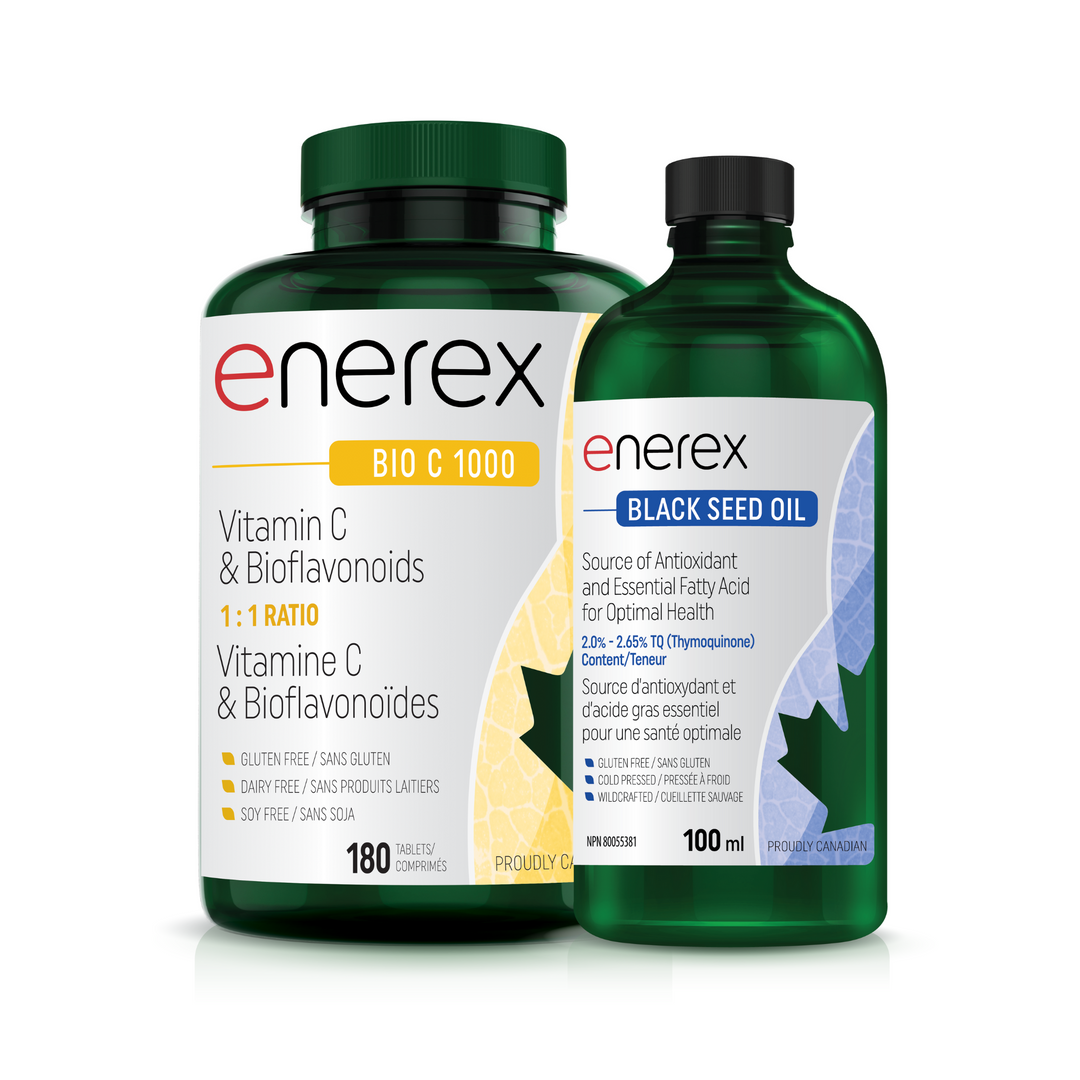
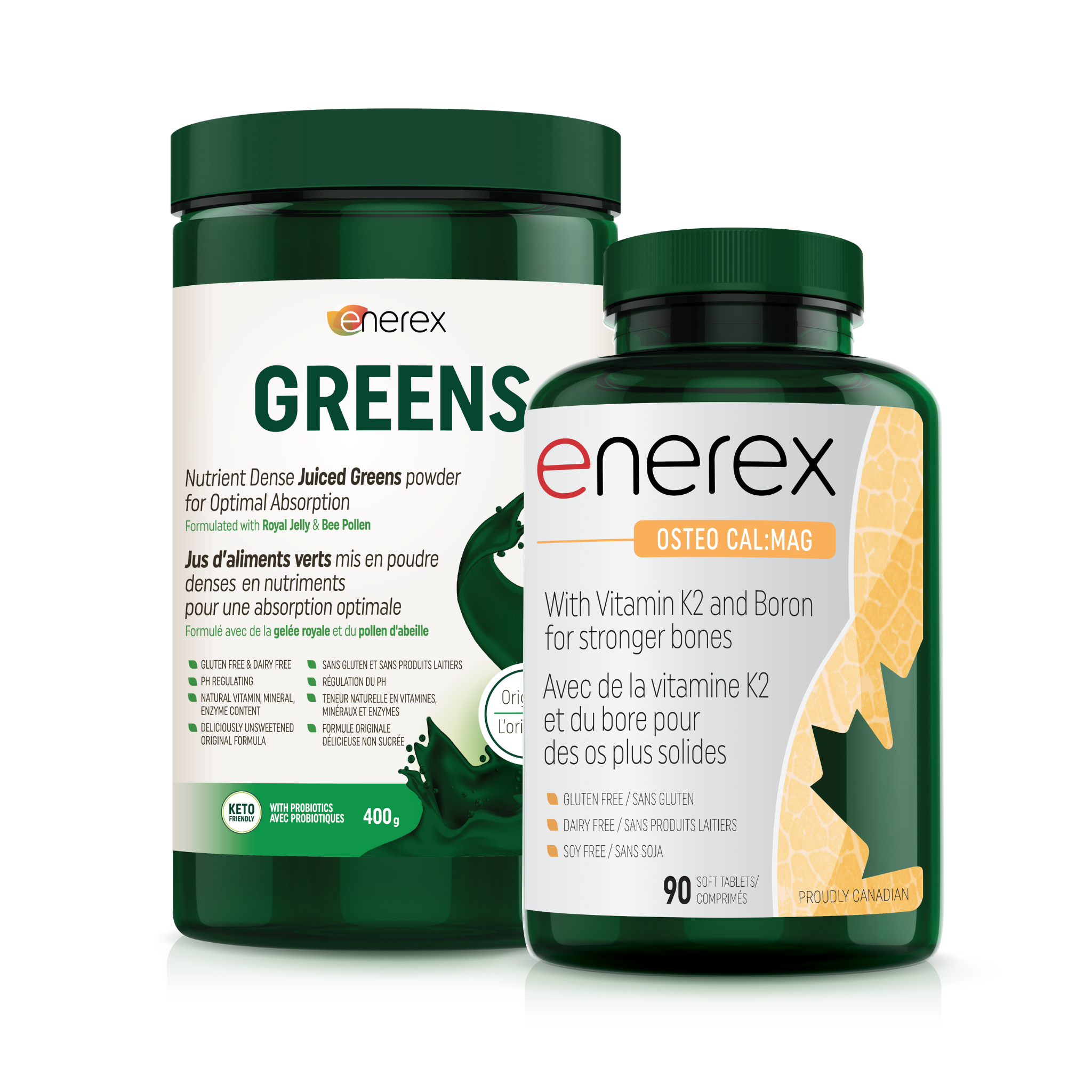
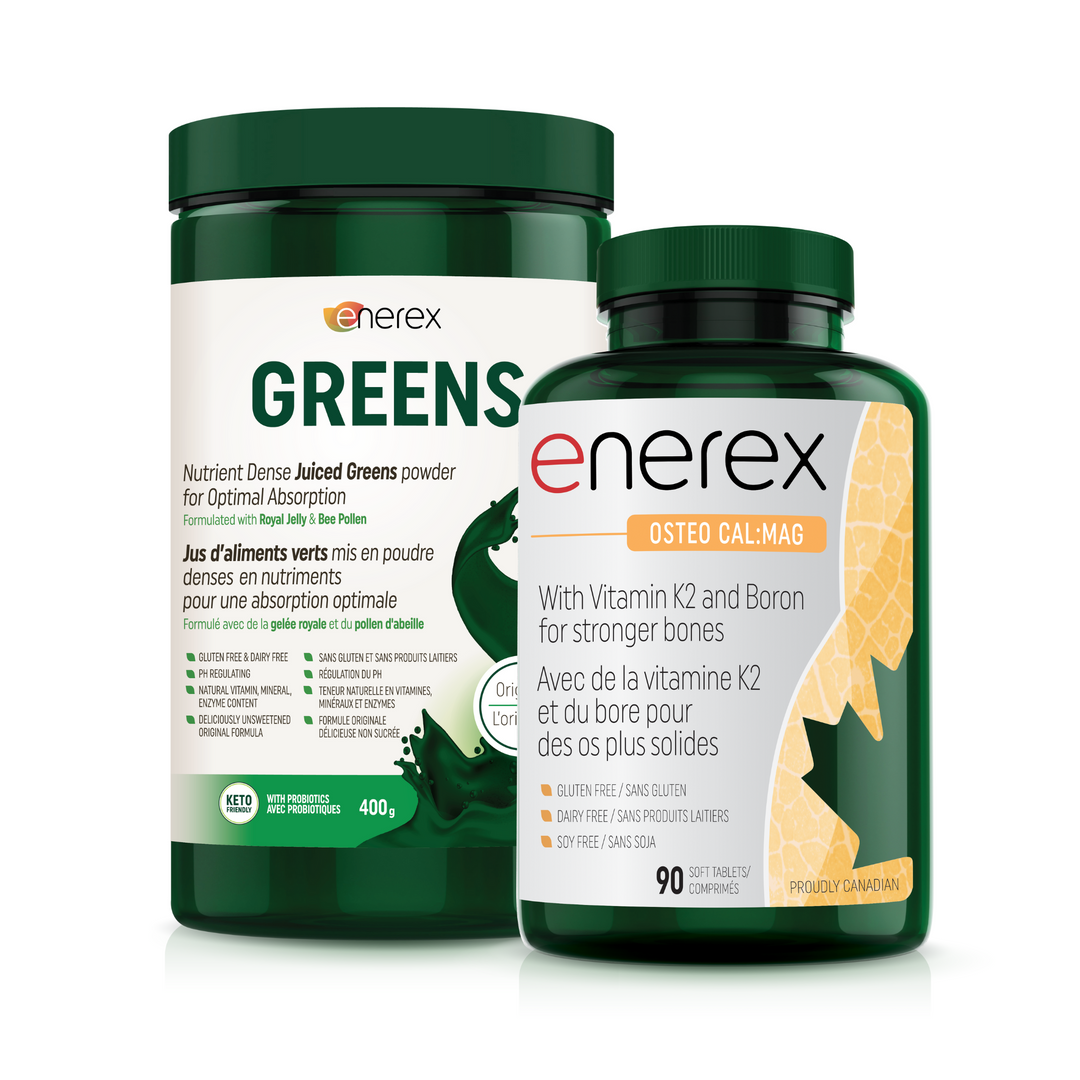
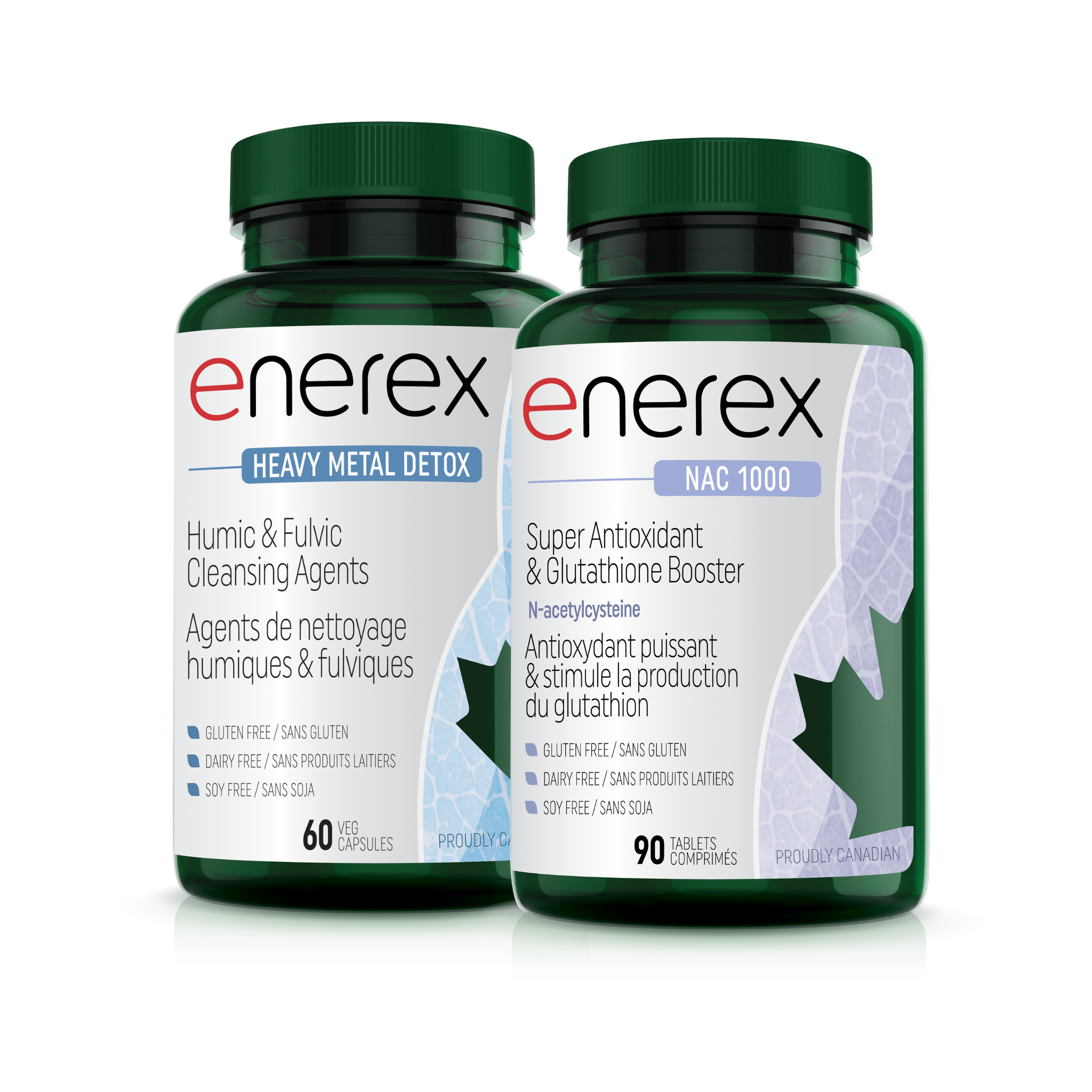
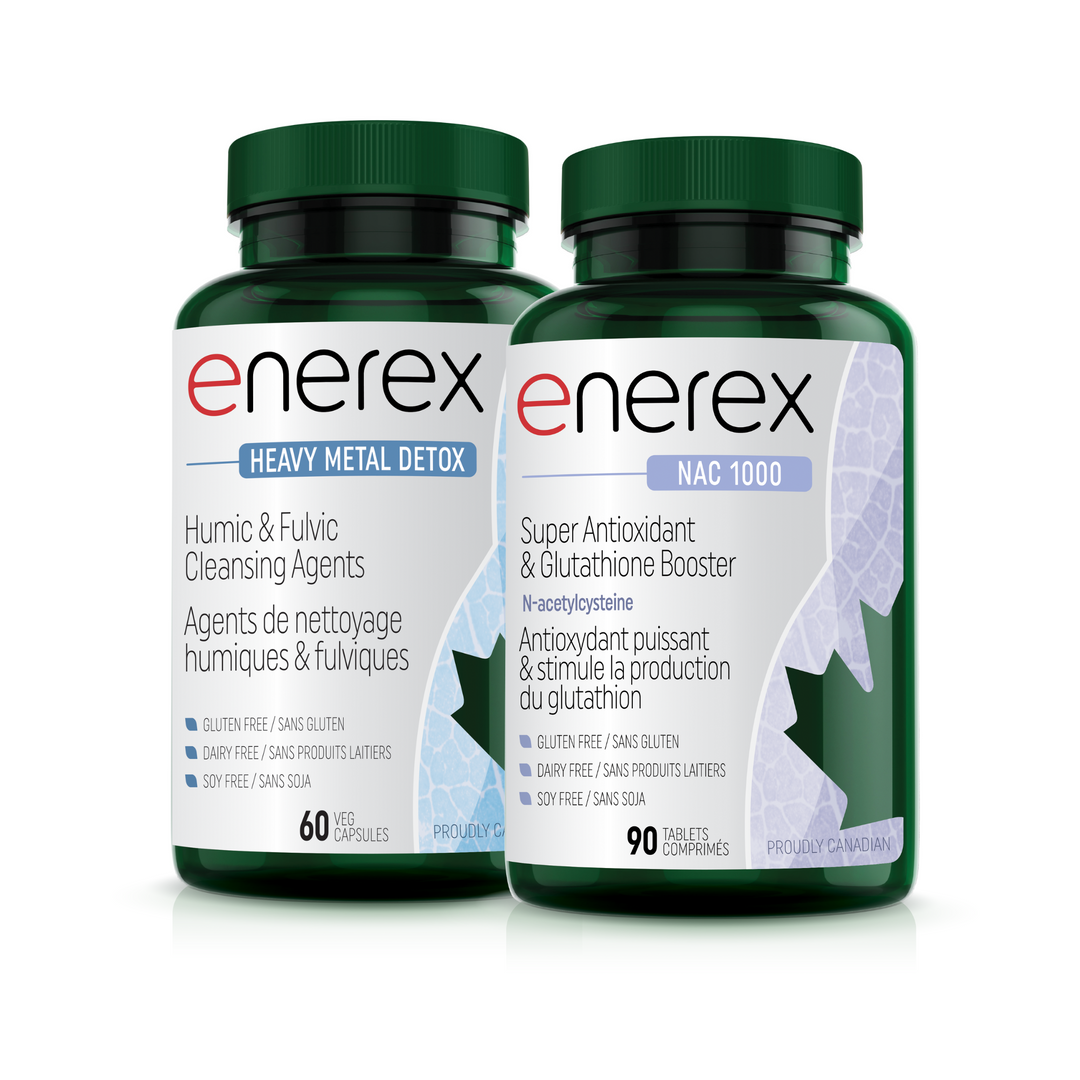
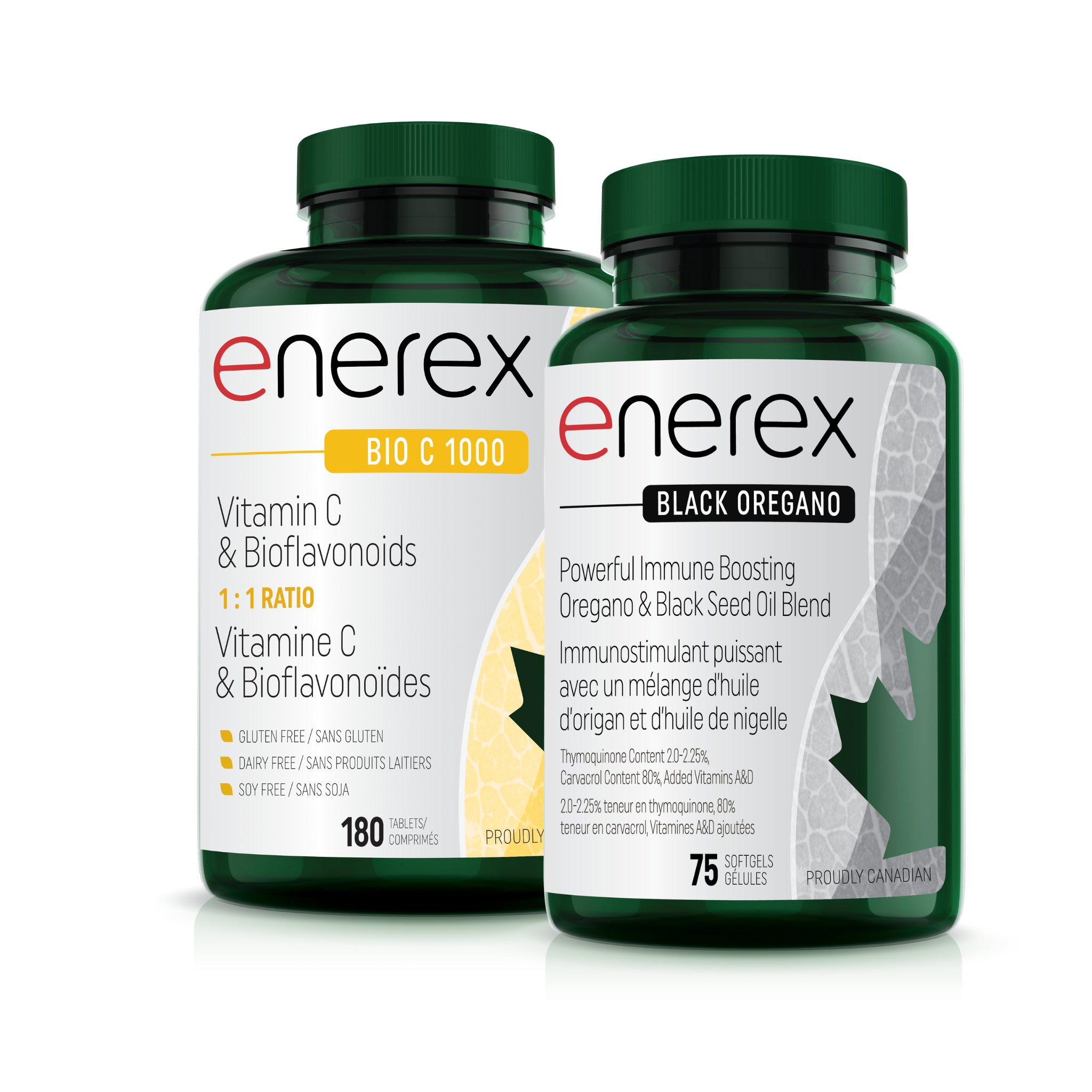
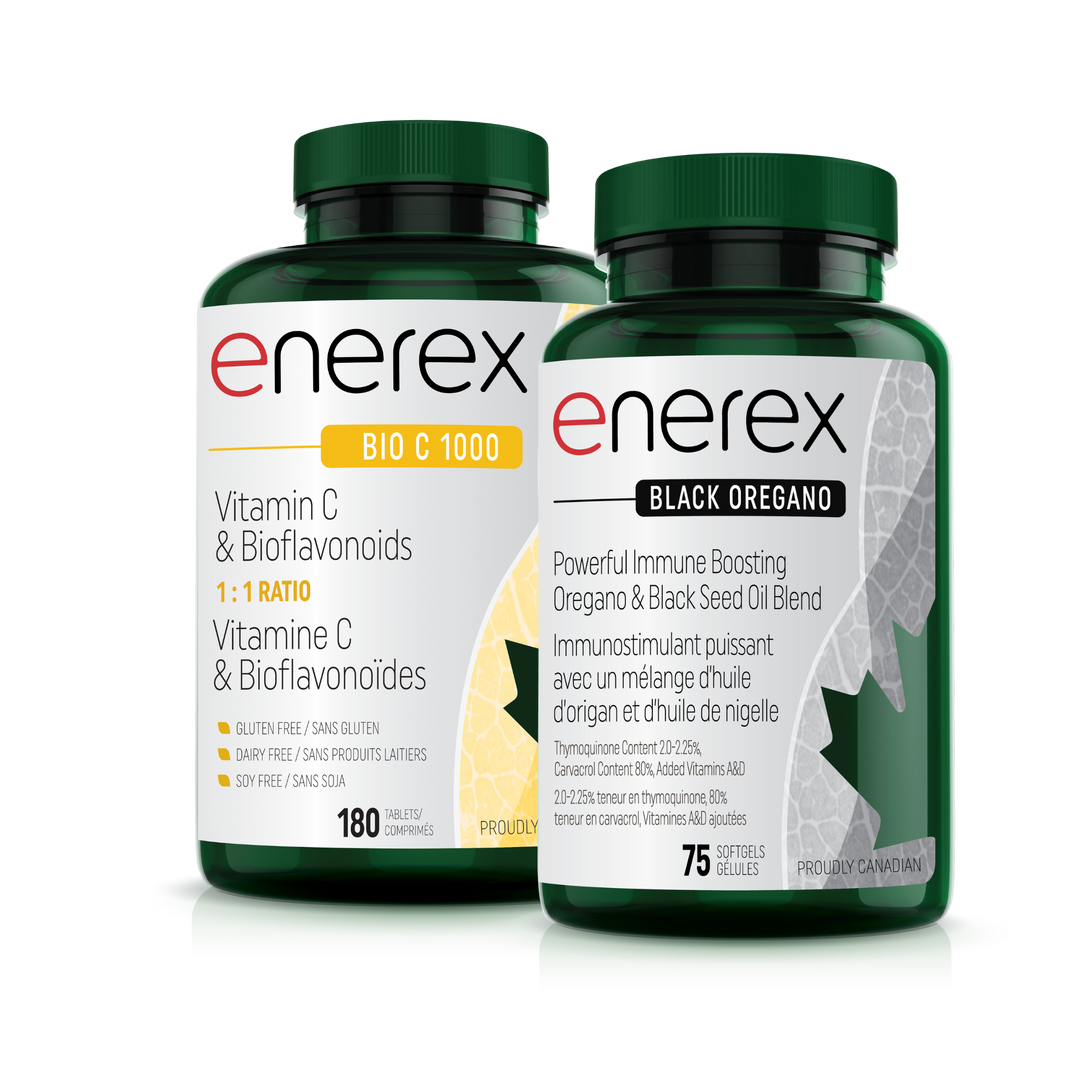
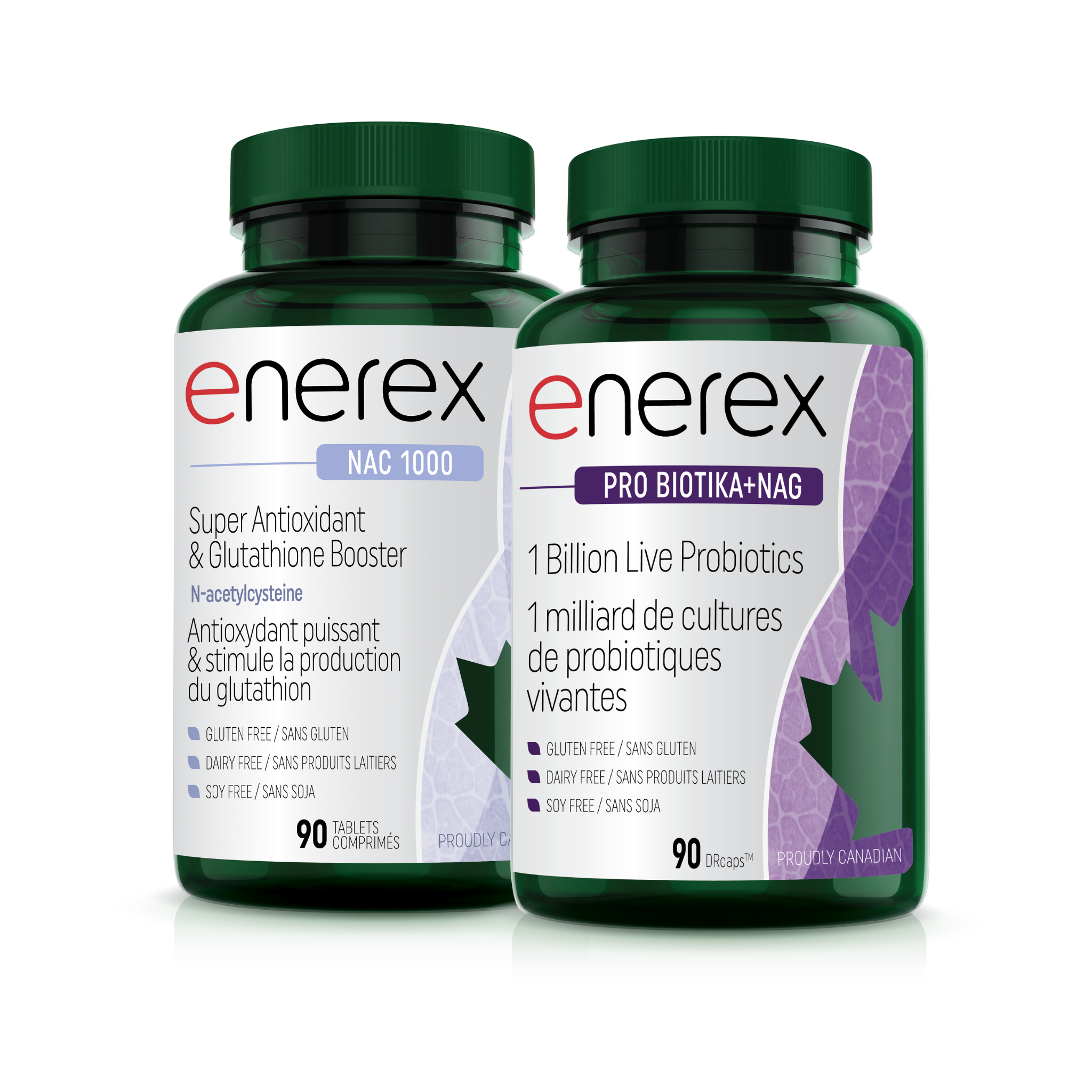
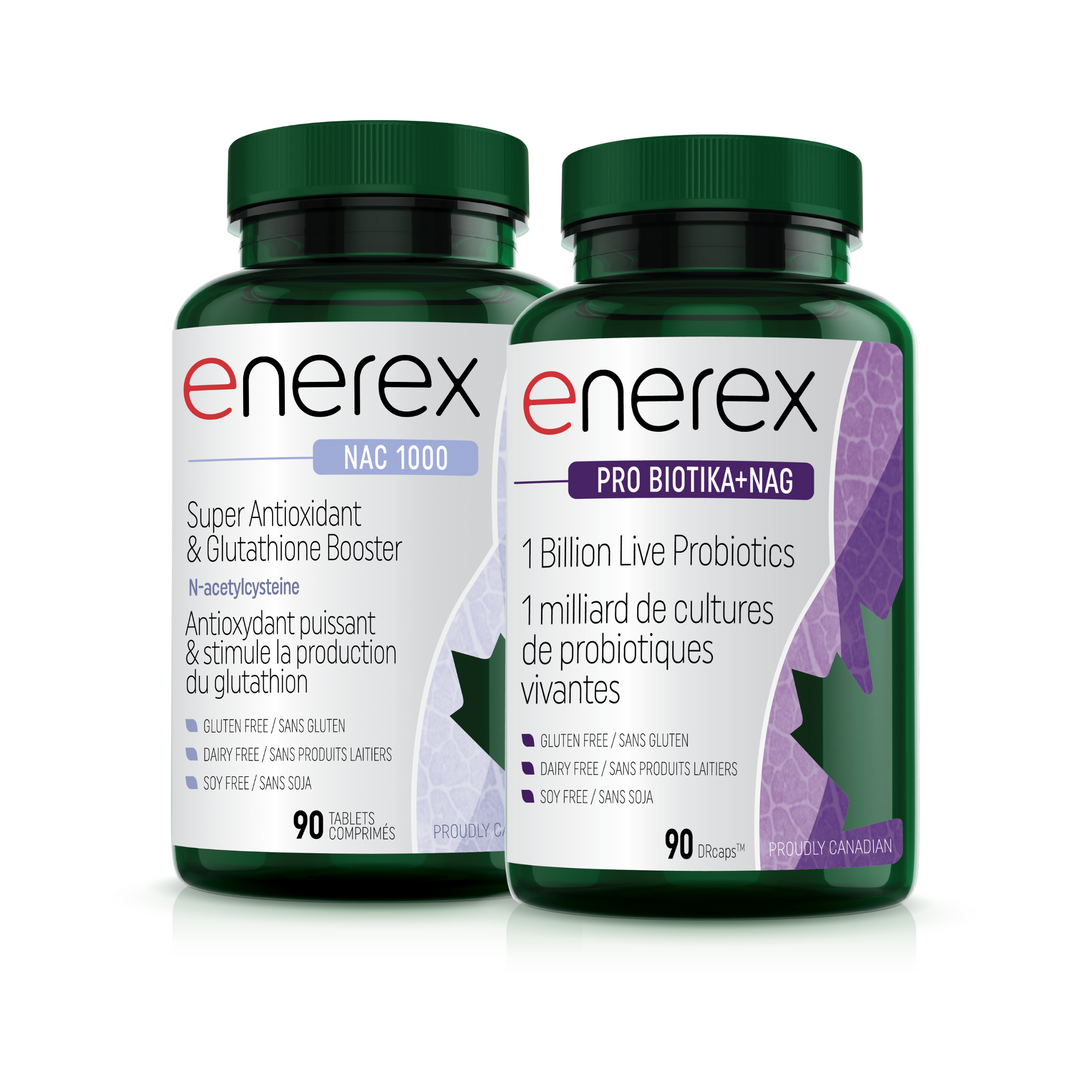
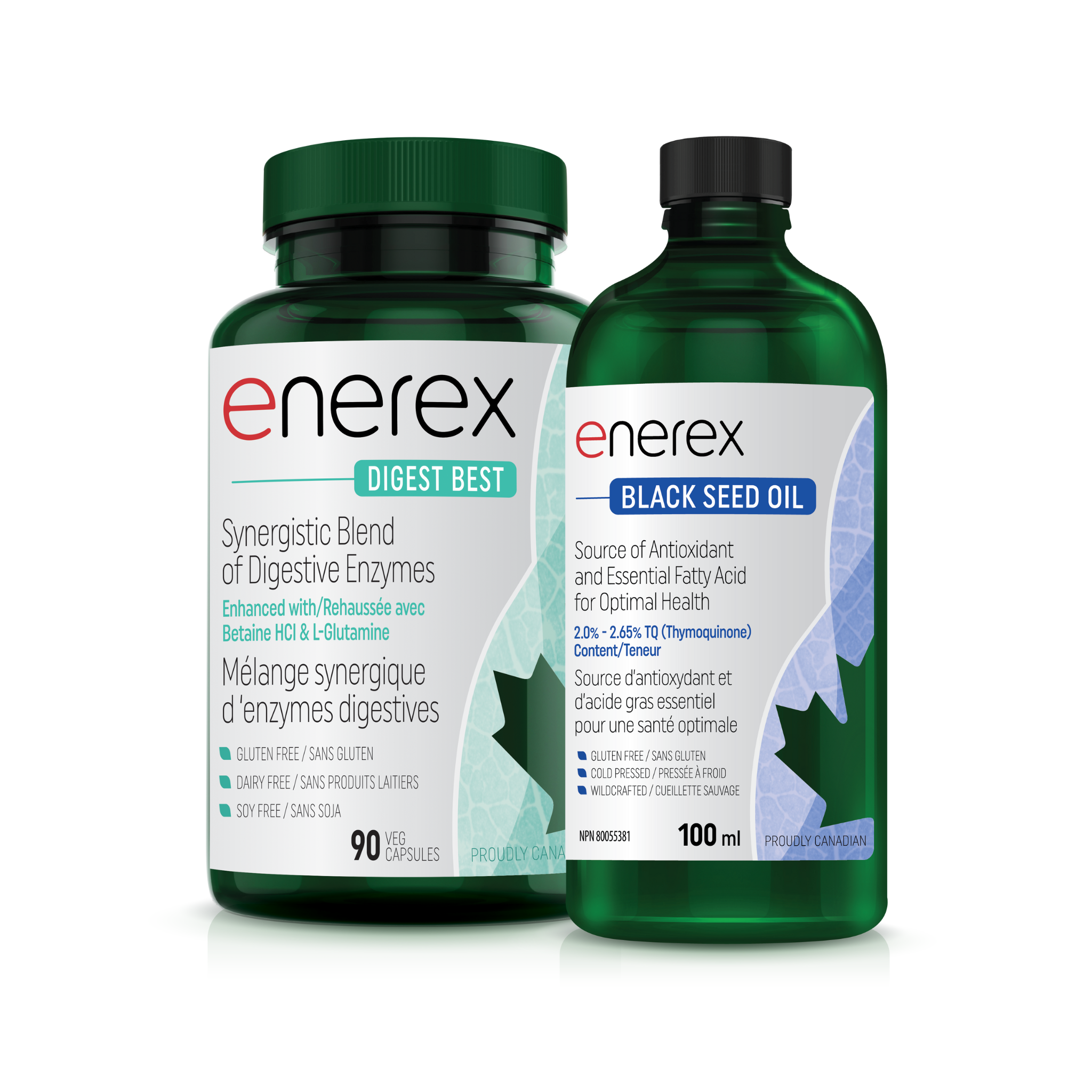
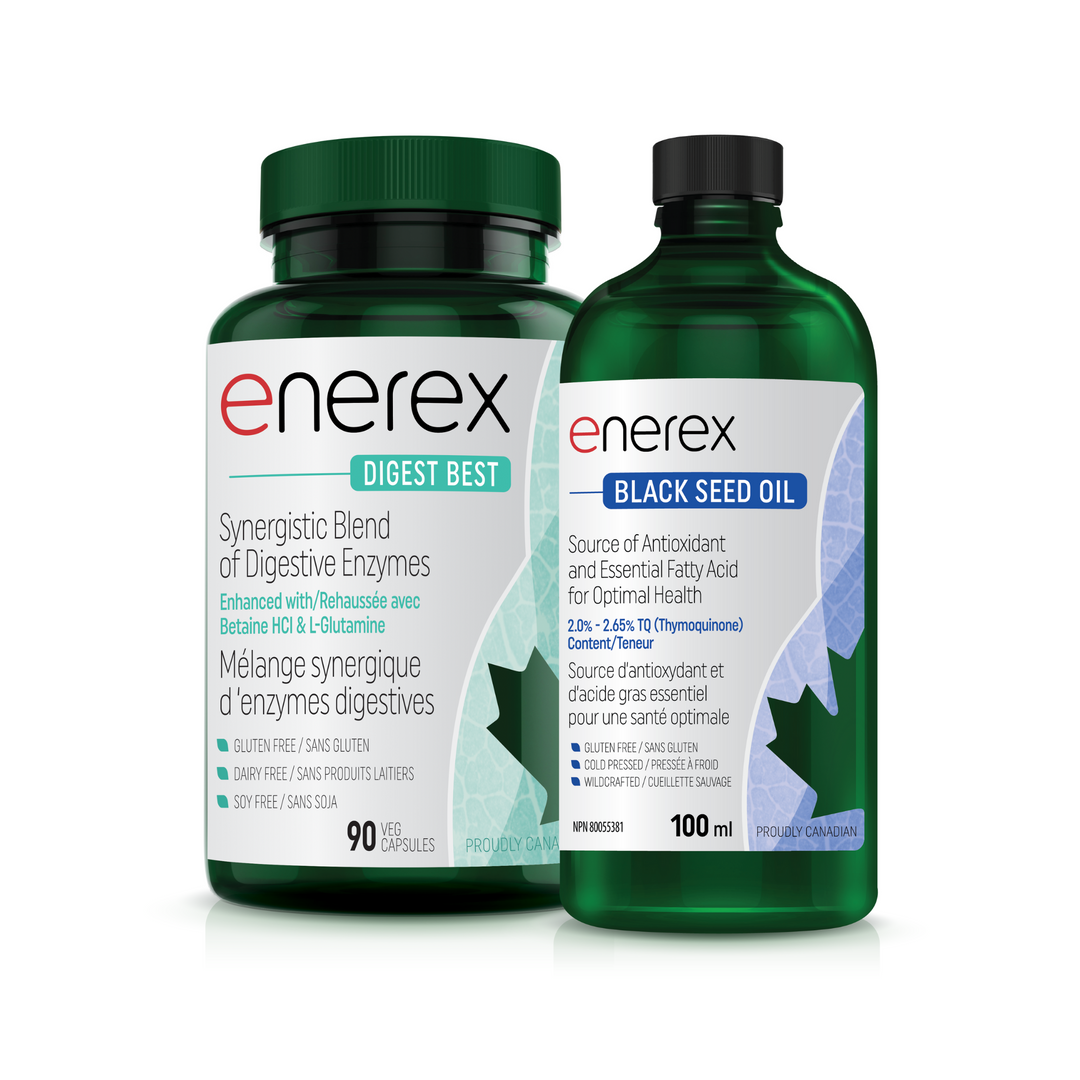
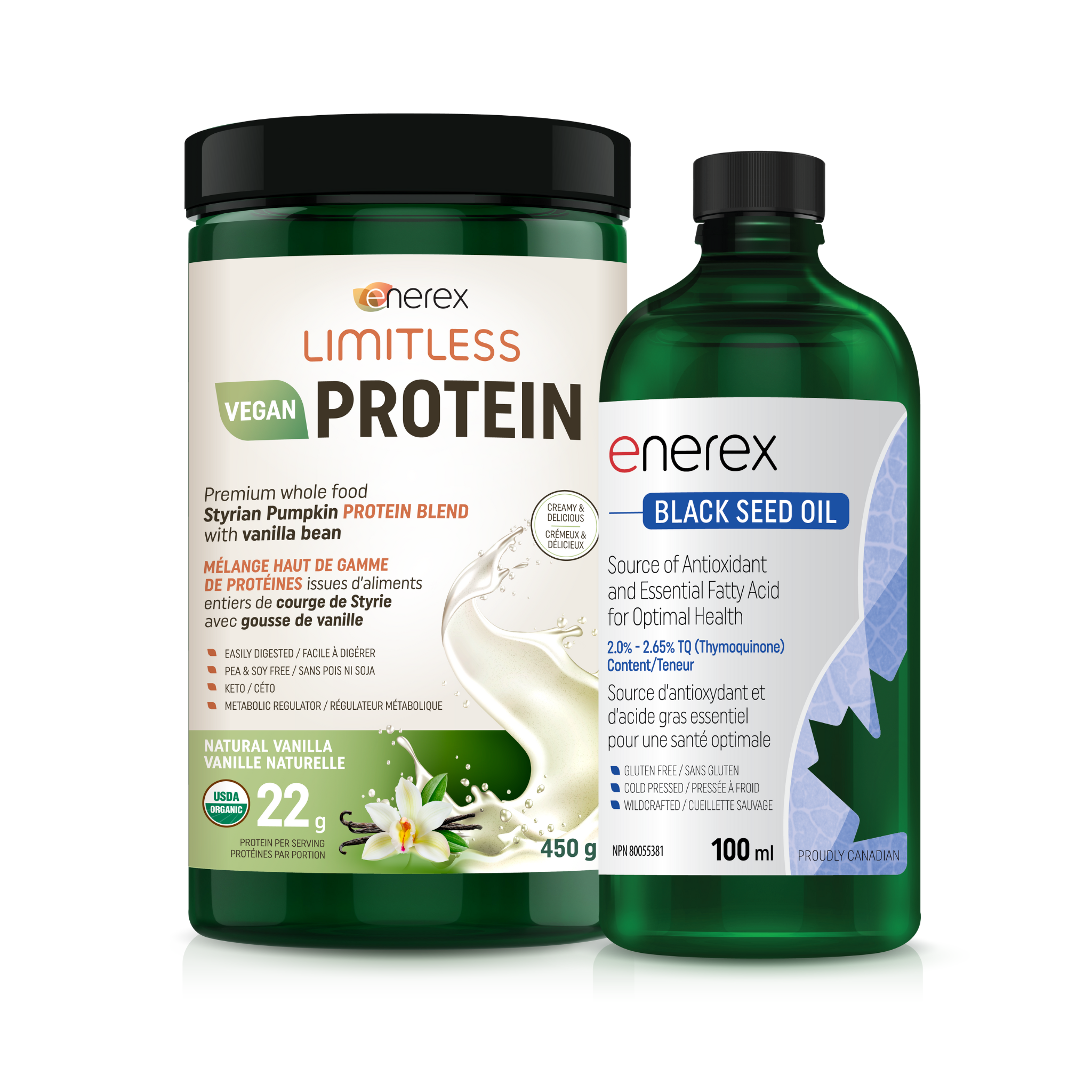
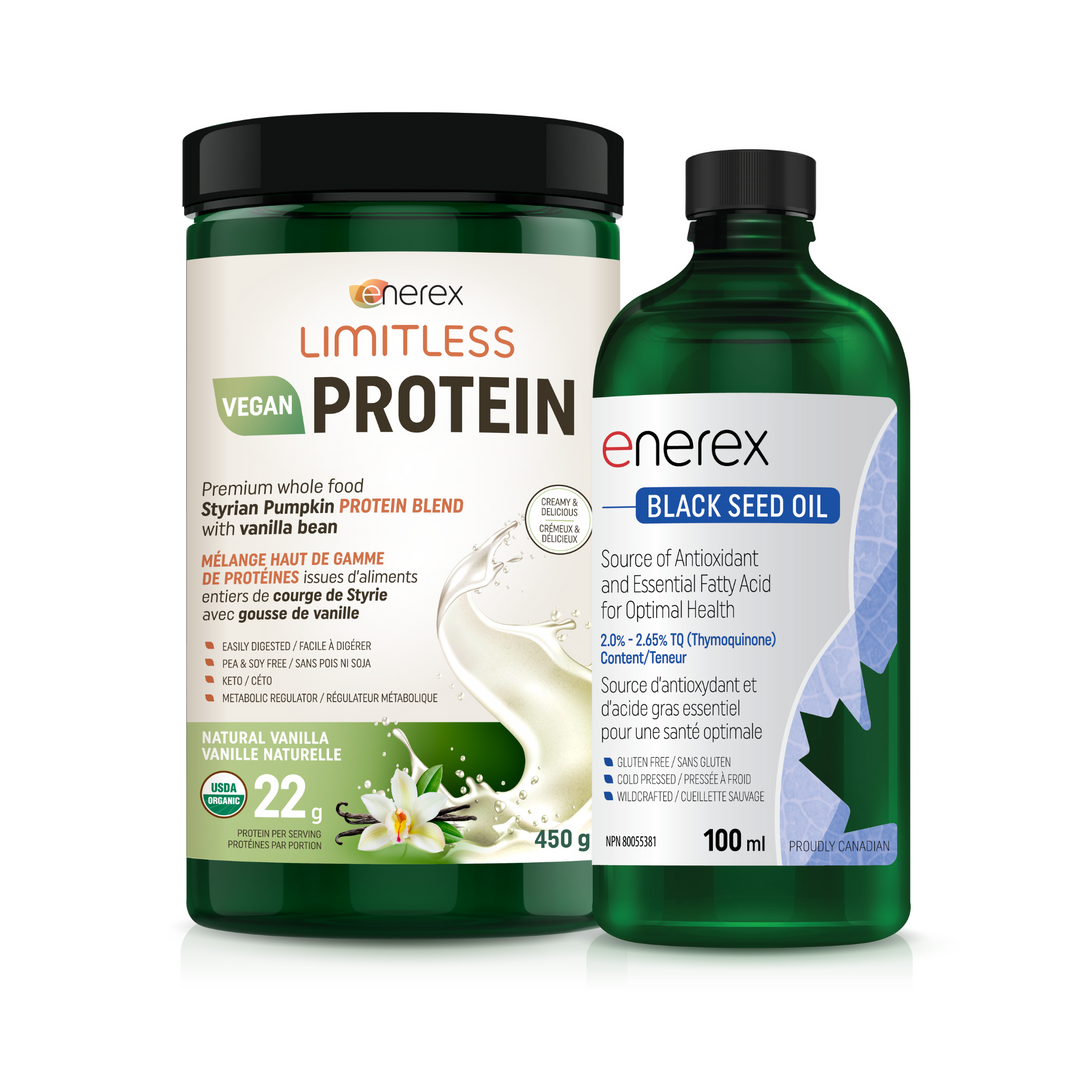
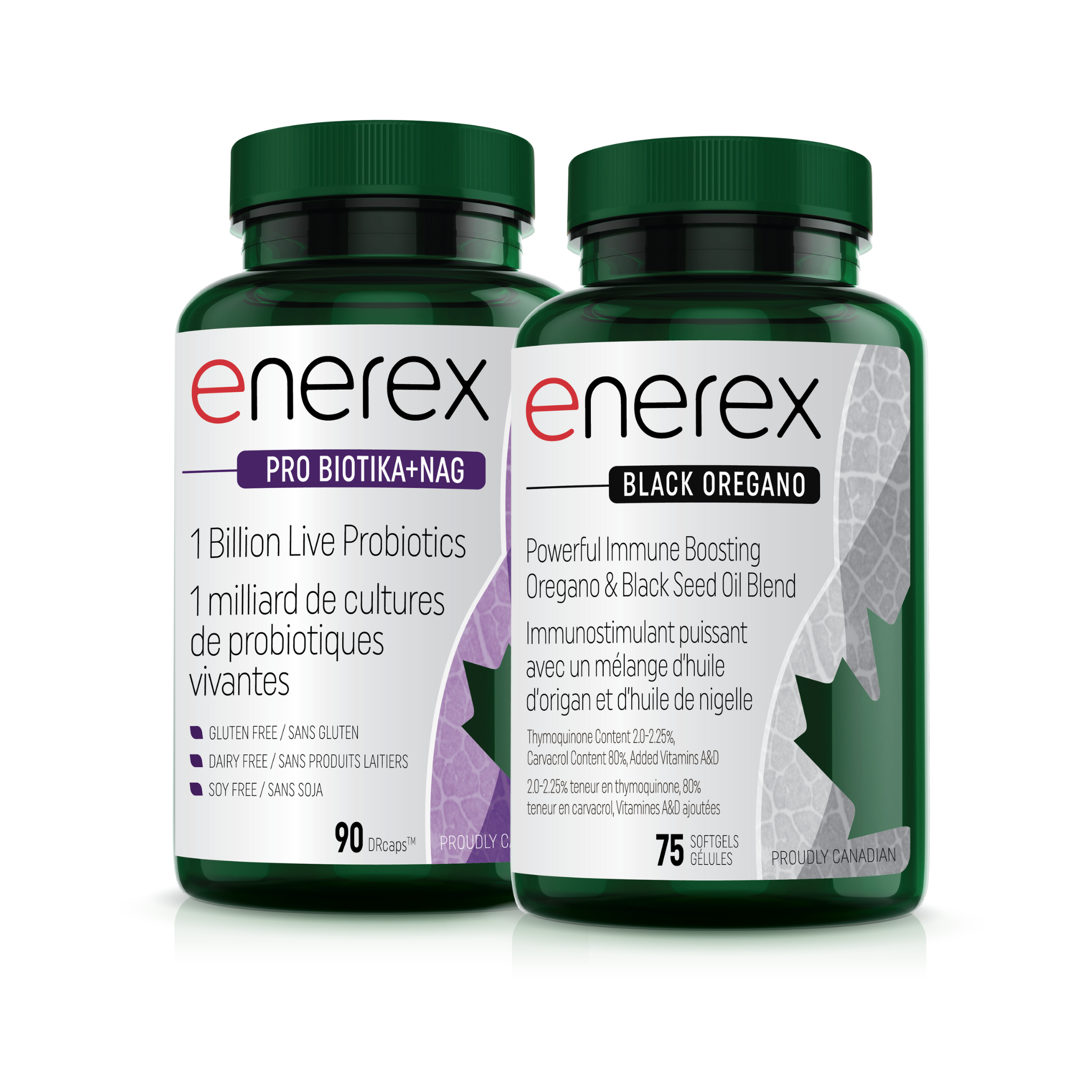
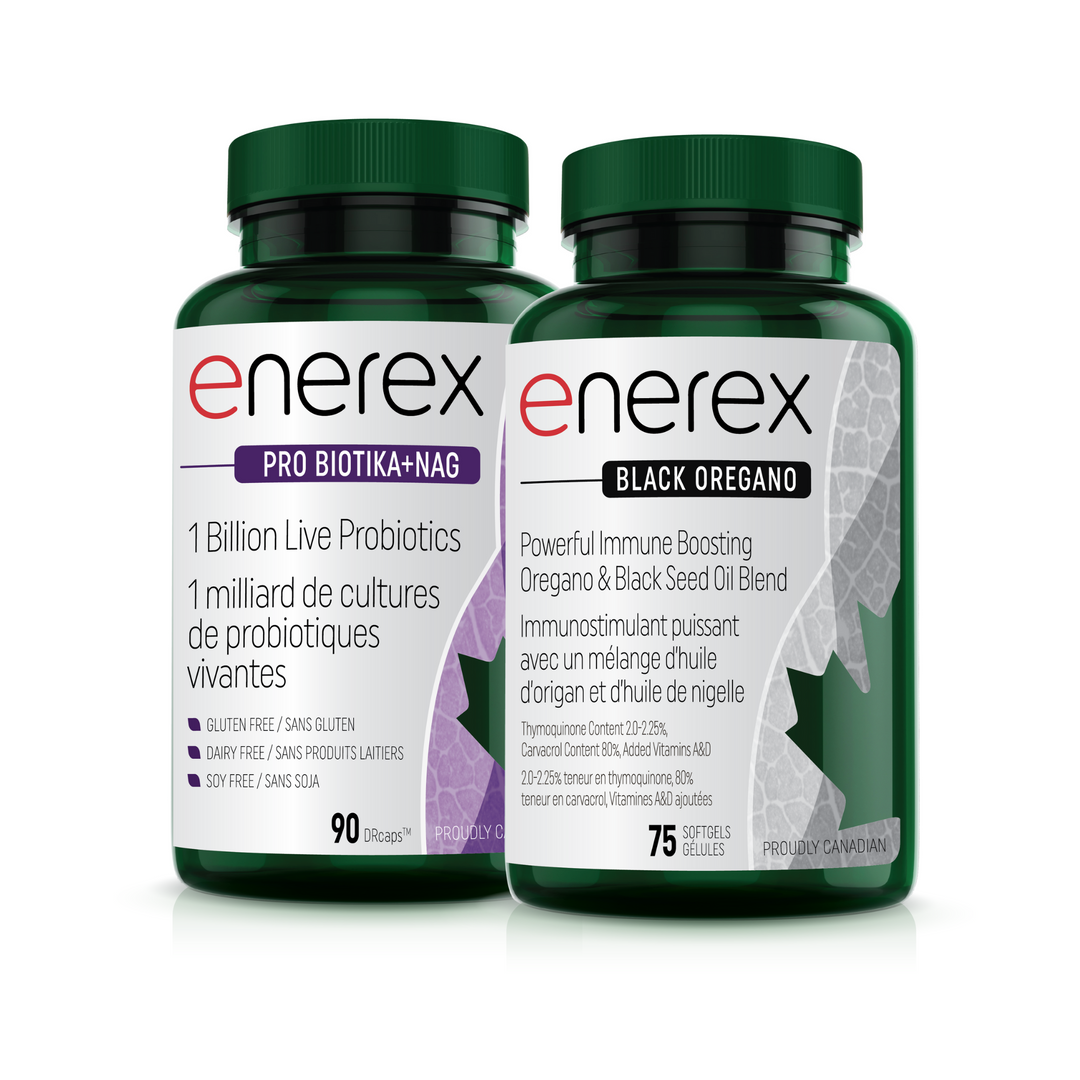
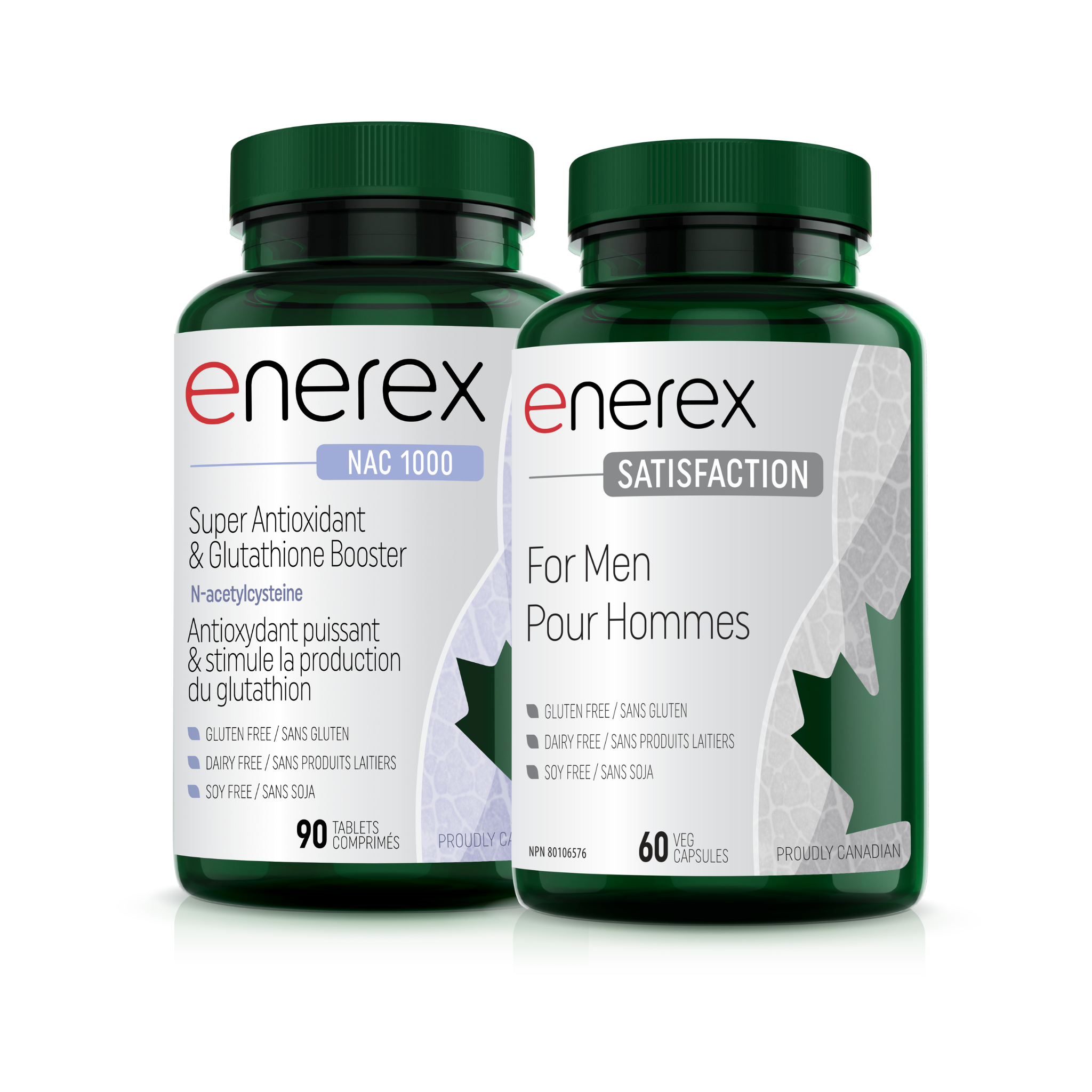
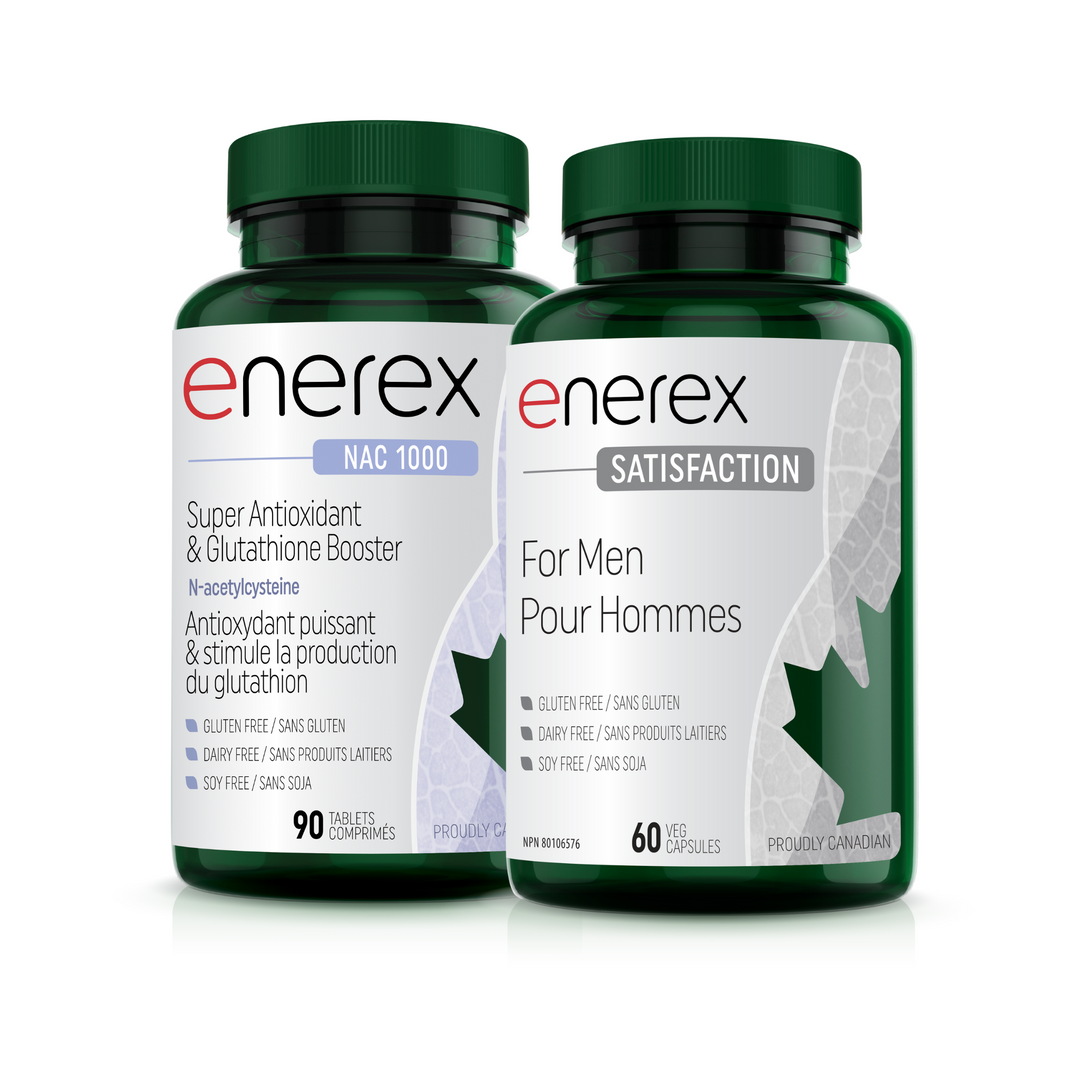
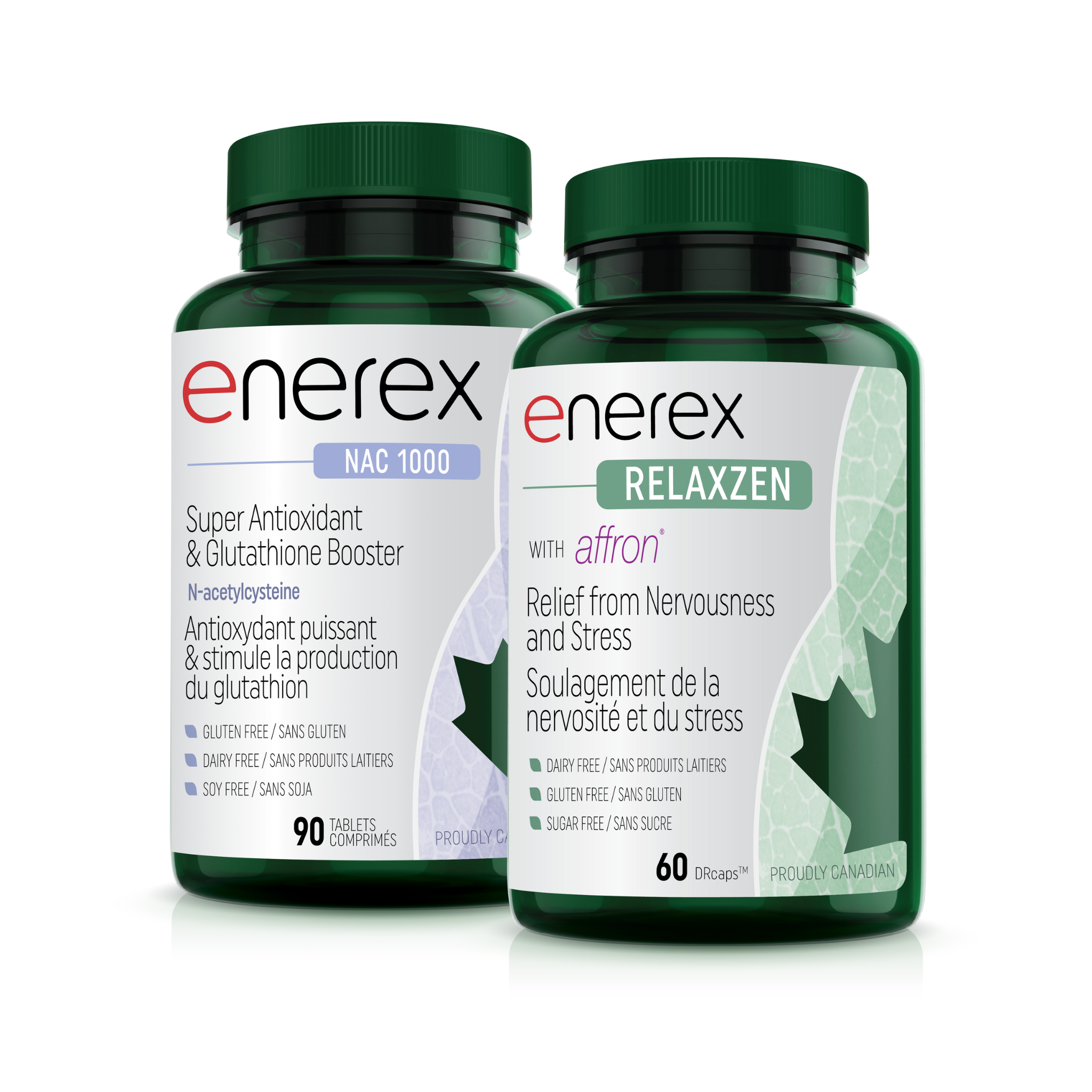
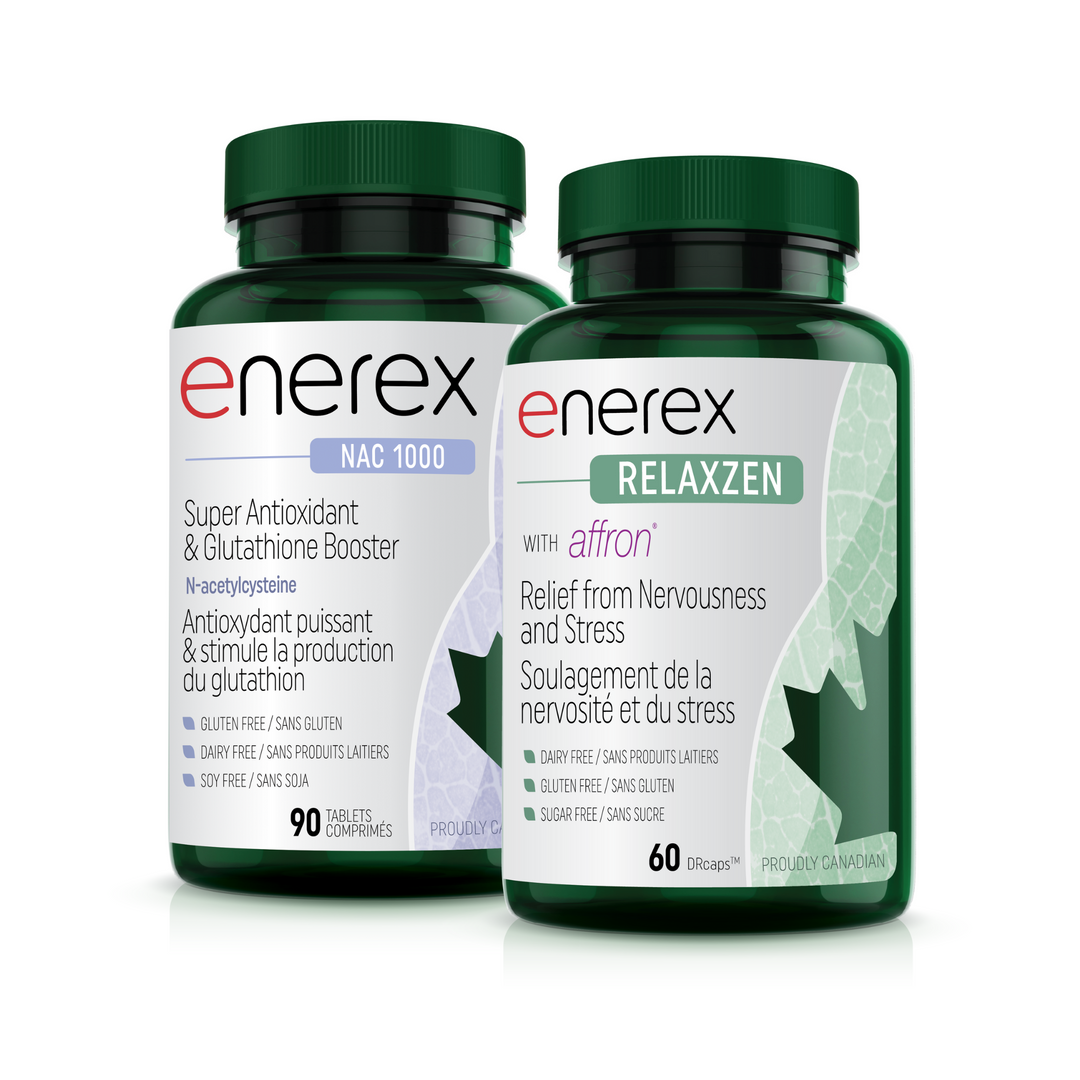

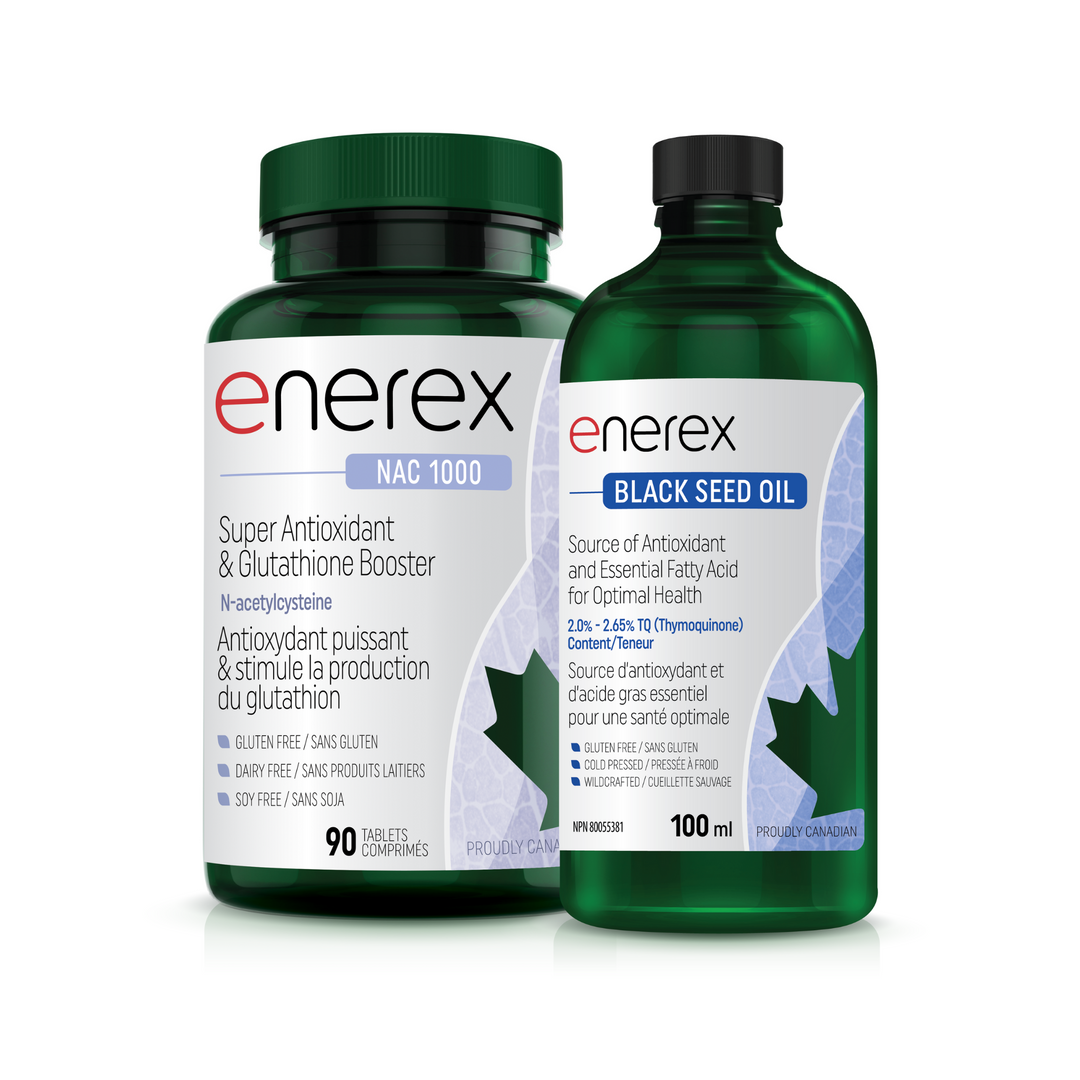
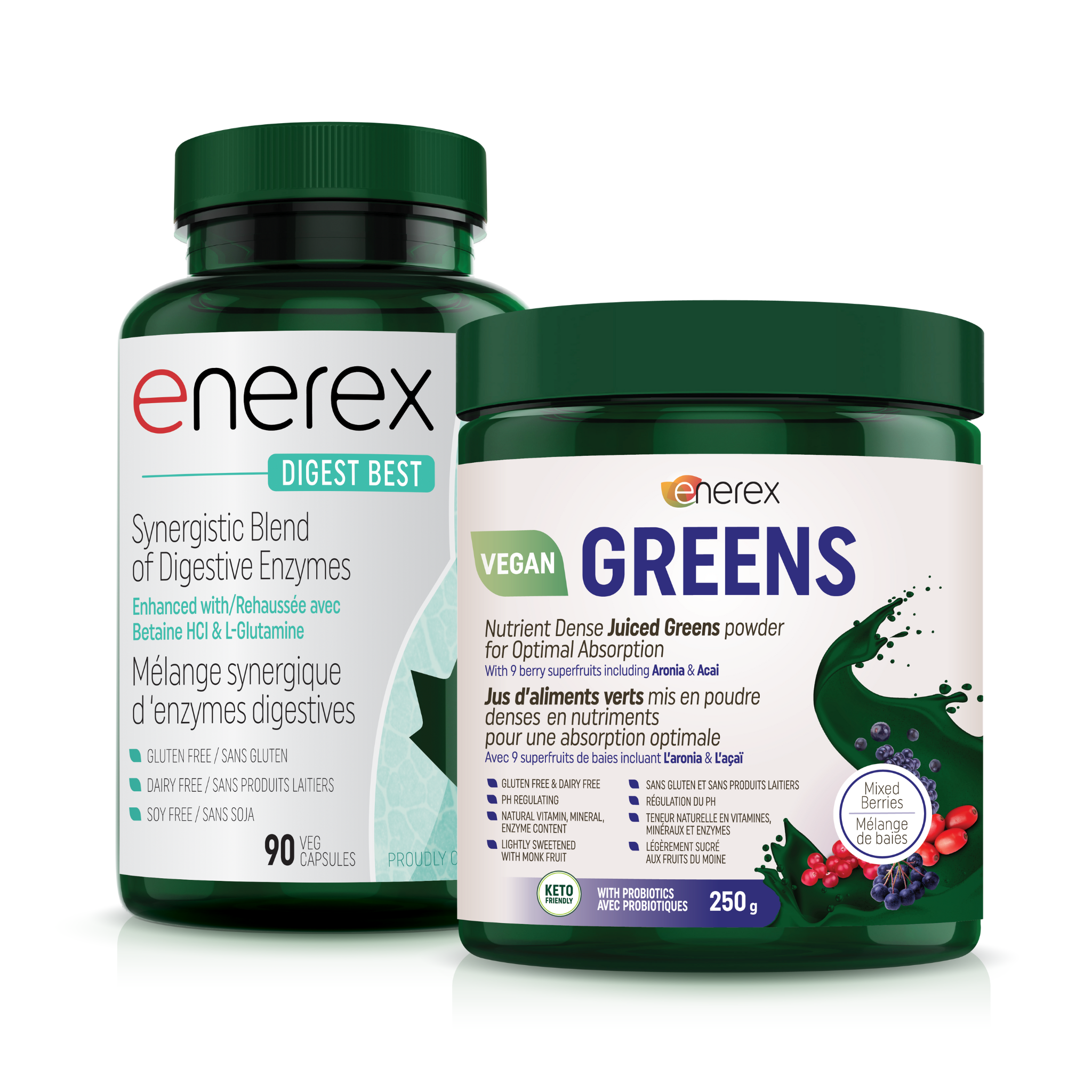
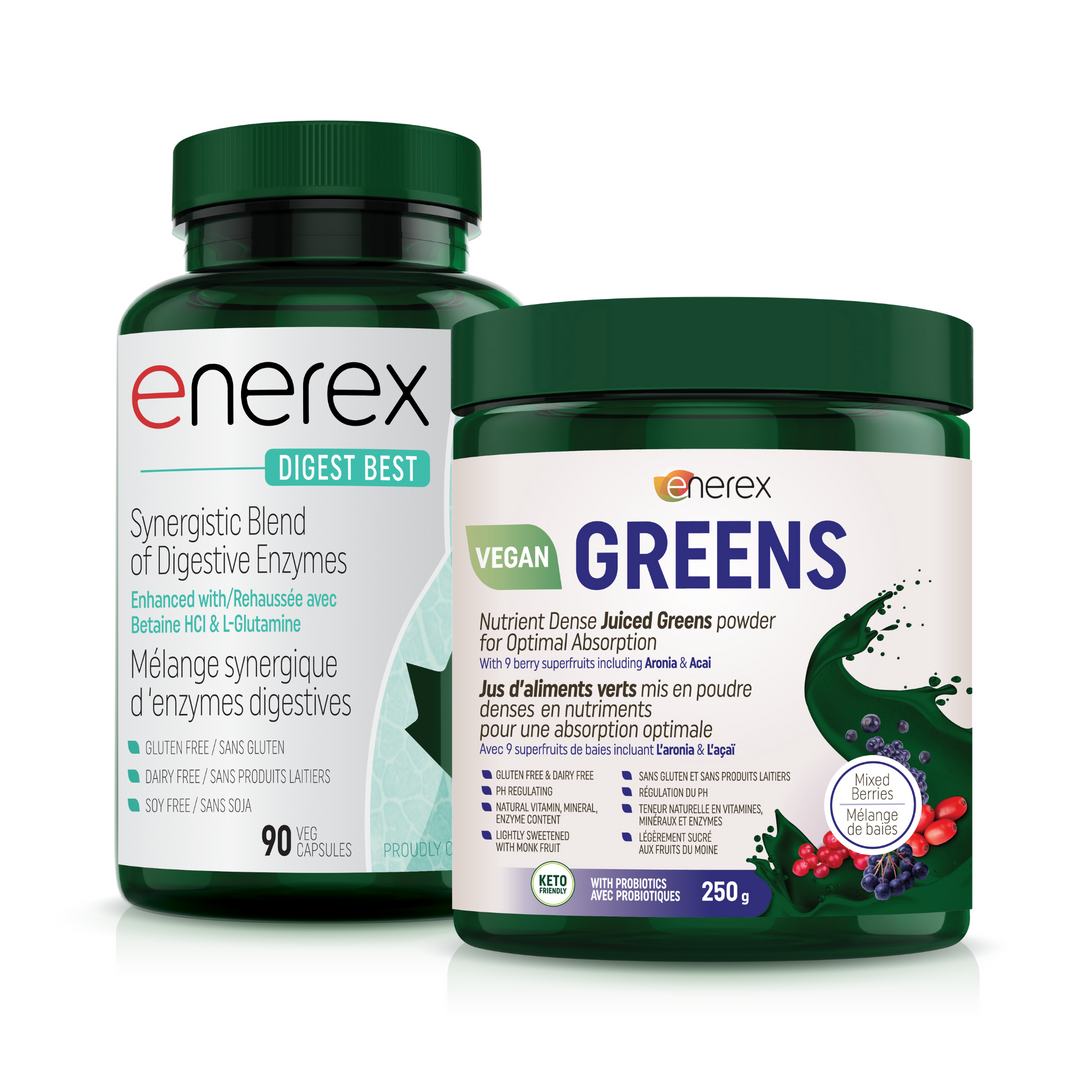
Leave a comment